Weed Grow Room - How to Build Your Cannabis Indoor Grow Room
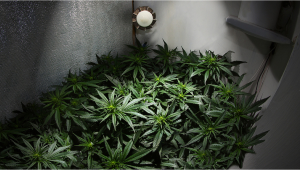
- 1. Main requirements
- 1. a. Light-proof
- 1. b. Waterproof
- 1. c. Air-tight (temperature, humidity, and airflow)
- 2. Different types of builds
- 2. a. Common household spaces that you can easily use as a grow room
- 3. Building your own indoor grow step-by-step
- 3. a. Grow tent
- 3. b. Grow "box"
- 4. Objective
- 5. Safety precautions: electricity and fire prevention
- 6. Ventilation
- 6. a. Oscillating fan
- 6. b. Exhaust fan
- 6. c. Carbon filter
- 7. Light fixture
- 7. a. Lighting options
- 8. In conclusion
If you live in a place where cannabis seeds are illegal and you want to grow your own, the best option is to have your own indoor cannabis grow room. A grow room allows you to control the temperature, humidity, and most importantly, prevent light leaks and eliminate the smell. Despite what everyone thinks, you can build a cheap grow box if you know which materials to use and how to build it, here are a couple of homemade grow tent ideas to help you save money and start growing in no time.
So read along on how to build an indoor cannabis grow room!
1. Main requirements
Before starting to build your grow room, you need to have a couple of things in mind.
Even though you can grow cannabis anywhere you want, what differentiates a grow tent from any other growing space is its ability to keep light from leaking, being airtight so the exhaust fans can work properly and you can keep a stable temperature and humidity.
You can build a good stealth grow tent as big as you want, with everything you need to, from the appropriate structure for the light fixtures to the exhaust fan and filter, and as long as you can accomplish the main requirements, you will have a fully functioning grow tent.
A DIY grow room doesn't stay behind a grow tent you would buy at a grow shop if you use good materials and take your time to do it and despite seeming like hard things to do, it is fairly easy.
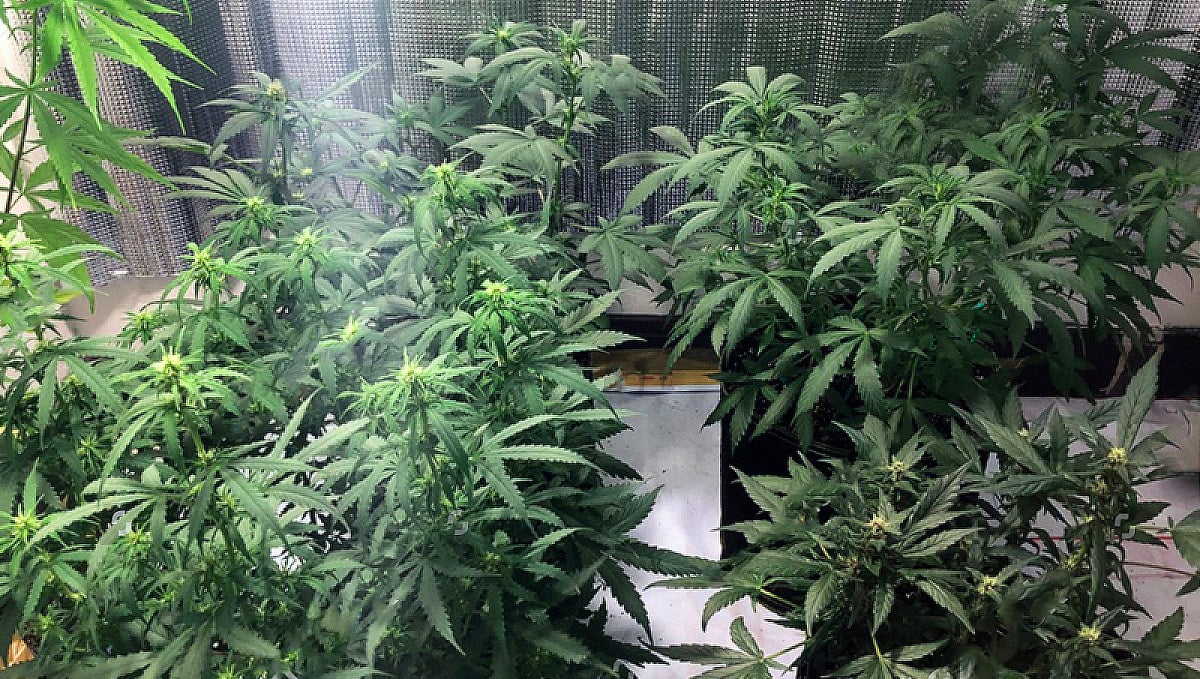
Light-proof
The grow room needs to be 100% light-proof, this is to avoid the waste of precious light and avoids your plants from stressing out.
When flowering, you need to provide a 12/12 light cycle, if there is a source of light near your grow room when the lights are turned off, that light might get in and stress your plants, making them revegetate or becoming a hermaphrodite.
This is why a grow room must be 100% light-proof, it will not only allow you to maximize light usage but will also avoid any problems with your plants.
Waterproof
If you’re planning to build your grow room with plywood for example, you have to cover the inside with a waterproof material like a plastic sheet (or something similar).
By doing this you keep the wood dry and avoid rotting (keeping mold away from your grow room). It will also make it easier to clean and you won’t have to worry about water leaking to your floor.
Air-tight (temperature, humidity, and airflow)
As you may know, an indoor weed grow room allows us to control and adjust the temperature, humidity, and intensity of the airflow, because of this, your grow room must be air-tight.
If you fail to keep air inside, your exhaust fan won’t work properly, it won’t keep the cannabis smell contained and it will be easier to get bugs.
An air-tight grow room is a must when growing in places where cannabis is illegal, failing to contain smell (and light) in the tent can easily cause neighbors to report you to the police, so make sure you check this a couple of times throughout your growing cycles, as this can easily be fixed and will save your from a lot of headache.
2. Different types of builds
When building your grow room, you can make it as big as you want to and out of anything you have available as long as you make it light-proof, air-tight and waterproof.
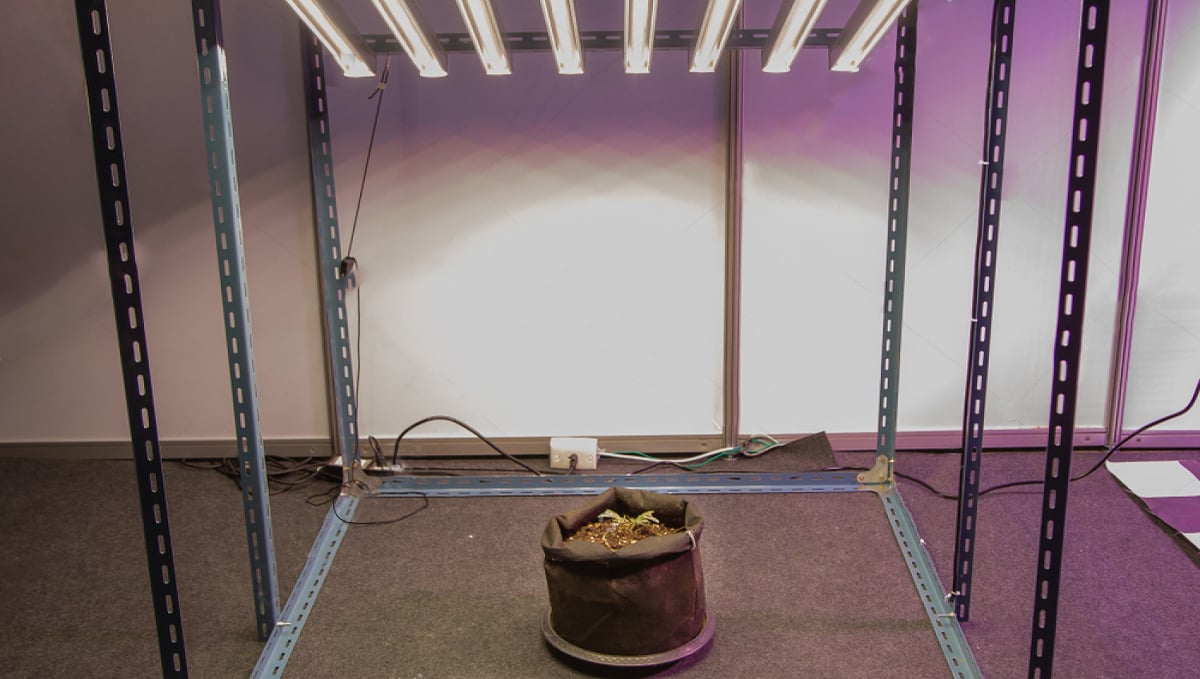
The easiest ways of making it are with a metal (wood or plastic) structure and a plastic sheet covering it, or building a closet-like structure with plywood.
Common Household Spaces That You Can Easily Use As A grow Room
There are a number of factors to consider when choosing the right grow room location. Privacy and discretion should be high on your list, especially if you are growing in an area where cannabis cultivation is still frowned upon. Make sure you choose a location or room where it is possible to easily control the environment. One of the most useful parts of growing indoors is the ability to fully manage the ambient temperature, humidity, and airflow to help optimize yield.
A basement or wine cellar can make a perfect grow room location. Underground areas benefit from staying both cooler in summer and warmer in winter, with the earth itself acting as insulation for the room. This natural thermal stability makes regulating the temperature much easier than in, say, an attic. The one undeniable downside of basements is that they can be a little more humid than areas above ground, but that is easily controlled with the use of a dehumidifier - as long as the moisture levels are reasonably low. Do not grow in a damp, moldy basement for obvious reasons.
Basement growing can also help in reducing any unwanted smells or sounds from escaping the grow room. Even if you purchase the best inline fans and carbon filters and seal the room totally shut there will be a constant humming noise accompanying the grow. The delicious fragrances during the last few weeks of the flowering can also be hard to contain when doing plant maintenance. Garages are another popular place to grow indoors. Depending on where your garage is located and the local climate variations, you may face some difficulties in controlling temperature spikes. But, with the right equipment and planning, most new growers can overcome these issues. Privacy can be a problem with garage grows, so make sure you scope out the situation well beforehand.
If you are planning on growing small scale to begin with, then a closet, cabinet, or even a pantry grow might be suitable. The minimum required room to grow cannabis is a constantly debated topic, but anything above about 2 ft wide x 2 ft high x 1 ft deep should be enough room to get something going. There are countless written guides and Youtube videos on closet grows, and it's a great way to dip your toes into the growing game. Take your time when considering where to place your grow room. Getting the placement right can result in higher quality buds, increased yields, and a more enjoyable overall experience.
3. Building your own indoor grow step-by-step
To start building your own indoor growing space you’ll need some basic materials and tools, some you might already have at home. You'll need:
| 1x1x2m Grow Tent | Units | 1x1x2m Grow Box | Units |
|---|---|---|---|
| 100cm PVC pipe | x11 | 100cm Wood beams | x10-11 |
| 200cm PVC Pipes | x8 | 100x100cm Plywood sheet | x1 |
| PVC 3-way Knees | x8 | 100x200cm Plywood sheet | x4 |
| PVC Tees | x6 | Door hinges | x4 |
| Plastic sheet or Mylar | 12m | Rubber insulation sheet | Optional |
Grow tent
A grow tent is the best DIY grow space because (depending on how you build it) you can easily disassemble it when you need to and then mount it again without needing anything else.
To build a grow tent, you will need wood, metal or plastic poles, and a plastic sheet.
The size of the poles obviously depends on the height and size of the grow tent you want to build, but here’s an example to build a 1x1x2 grow tent.
First, you’ll need to cut and assemble the poles into something like this:
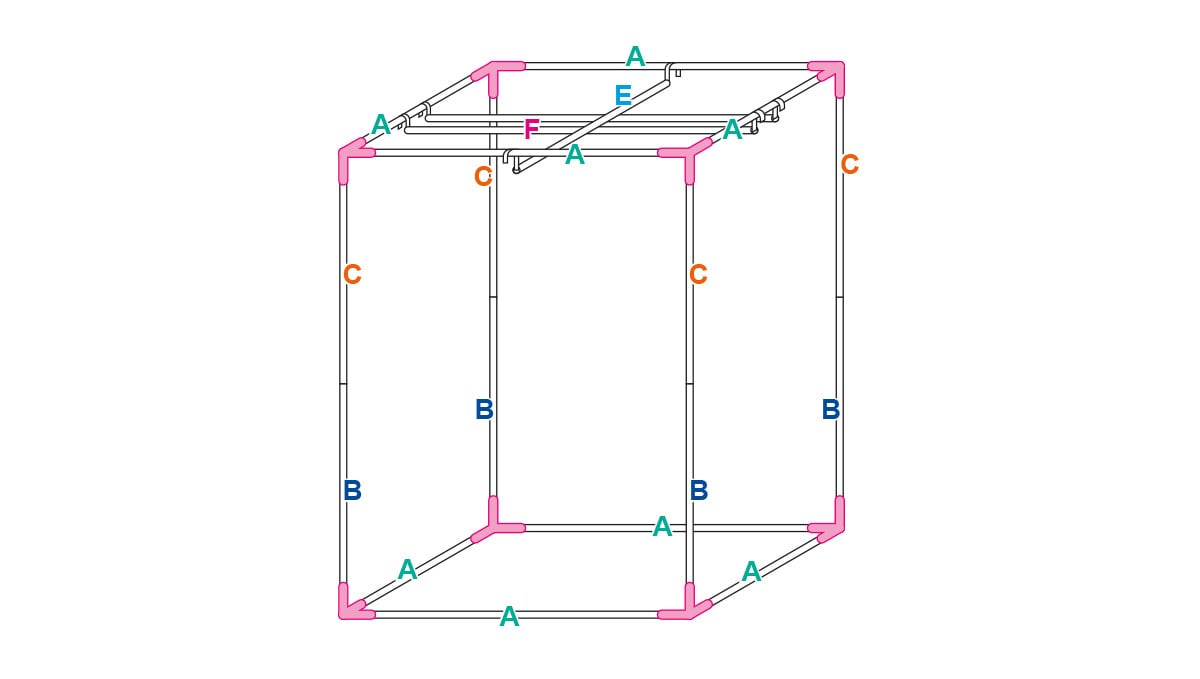
As you see in the image above, you’ll need 8 poles with 1m each for the top and bottom part of the structure, 1m x 3 poles for (E) and (F) and 2m x 8 poles for (C) and (B). If you want to make it easier to handle and assemble, you can cut the 2m poles into 1m x 8 poles and connect them with PVC fittings.
You will also need 8 PVC 3 way knees to connect (A) to (B) and (A) to (C), and 6 PVC Tees to connect poles (E) and (F) to (A).
If you’re planning on using a heavy light fixture (or more than one) and an exhaust fan with a carbon filter, it’s better to use metal poles so the structure can bear the weight.
After you have all the poles and connectors ready, you need to cut the plastic sheet.
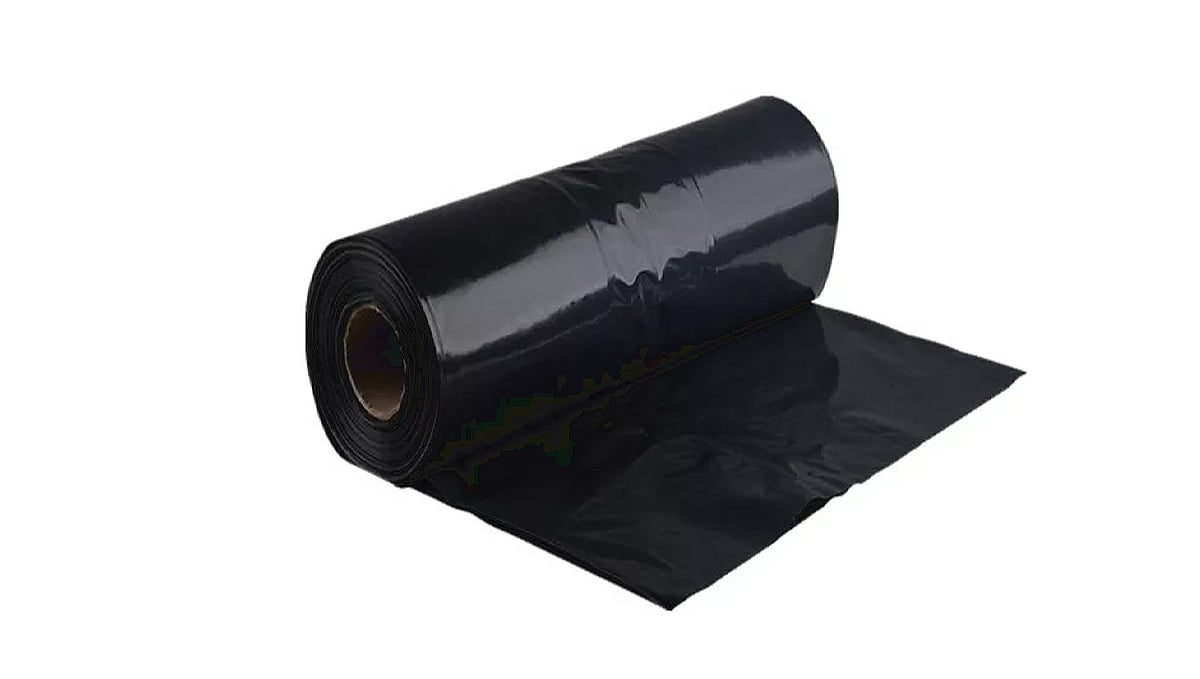
The plastic sheet should be measured on the grow tent before cutting so you don’t have to redo it, make sure it doesn’t have holes to avoid light leaks and if it doesn’t get too hot where you live you can use 2 layers of the sheet to make the tent more resistant.
Even though the plastic sheet is waterproof, you will need to coat the inside of the grow tent with a material that reflects light like a mylar sheet or a white plastic sheet.
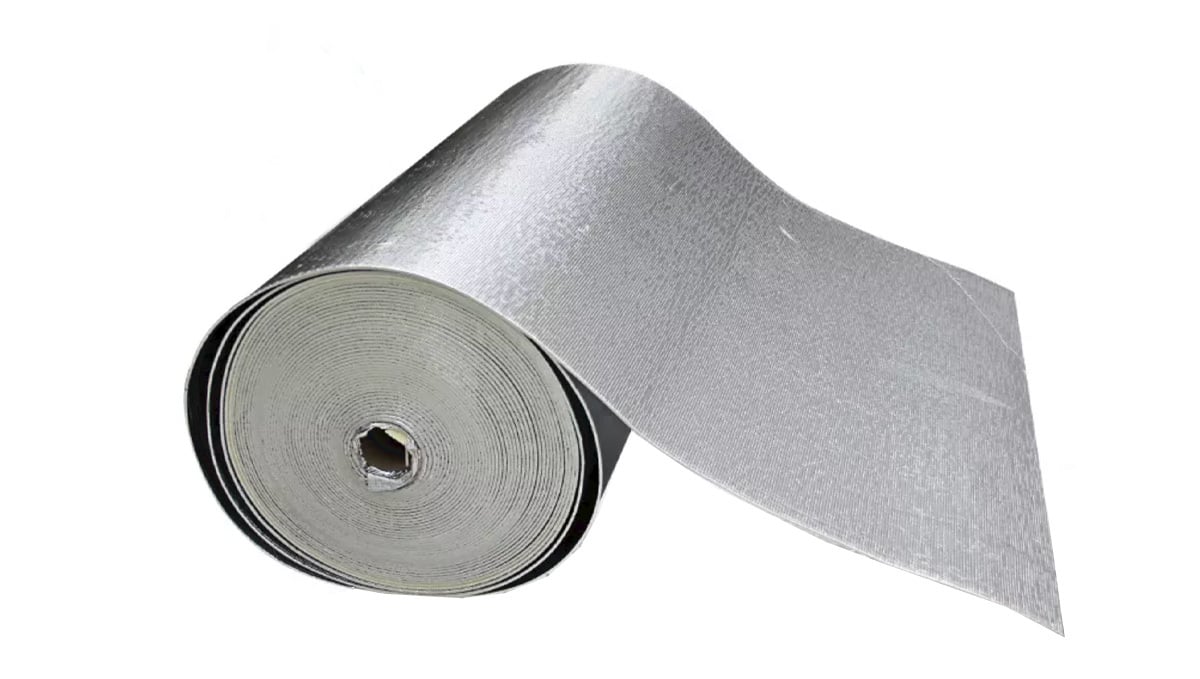
Note: Instead of using mylar, you can use a white plastic sheet, it won't reflect light as good as mylar but it works great if you can't find mylar easily.
Grow "box"
A grow box is easier to build, although you cannot disassemble it effectively and the plywood can rot after a while because of the humidity and eventual water spills. To make a grow box out of plywood and wood beams, you’ll need a structure similar to the structure of a grow tent.
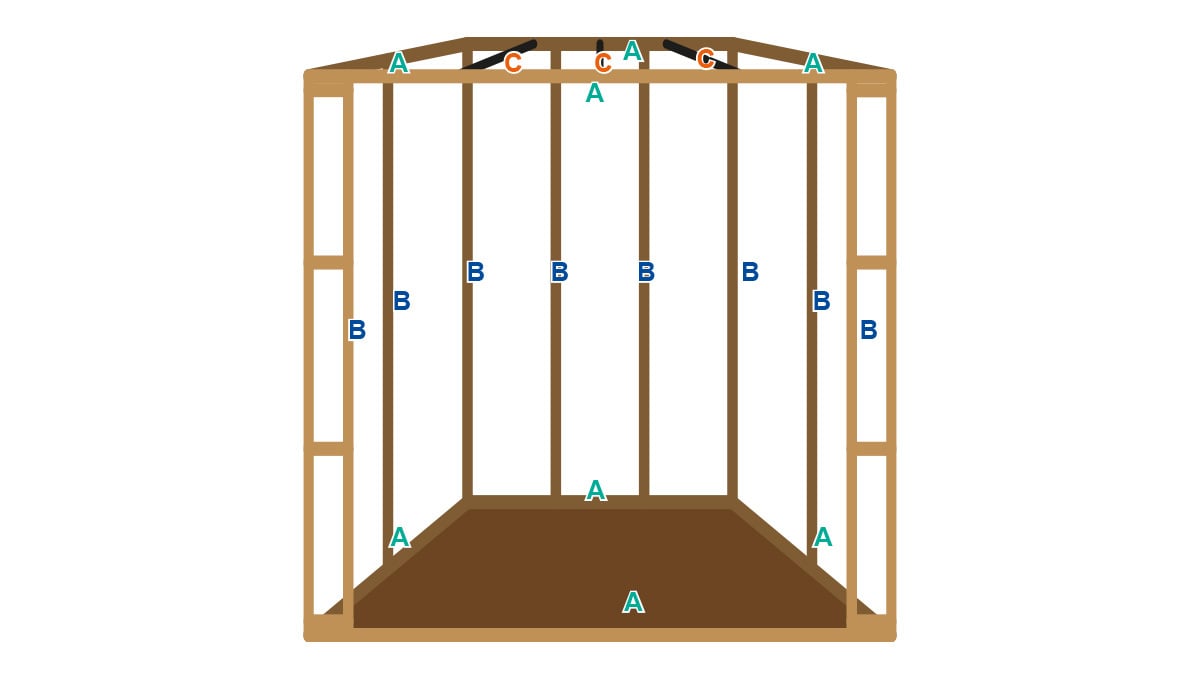
You need 1m x 8 wood beams for (A), 2m x 8 wooden beams for (B), and 1m x 2 or x 3 beams for (C). The amount of beams you need on top depends on the weight of your light fixture, exhaust fan, and carbon filter.
After you have the structure mounted, you need to cut the plywood to start closing the sides of your grow box.
You’ll need 1x1m x 1 and 1x2m x 4 plywood sheets, remember they need to fit perfectly so there are no light leaks and the grow box is as air-tight as it can be.
One of the 1x2m plywood sheets will need to be cut in half (for the door). You’ll also need 4 door hinges so you can open and close your grow box properly.
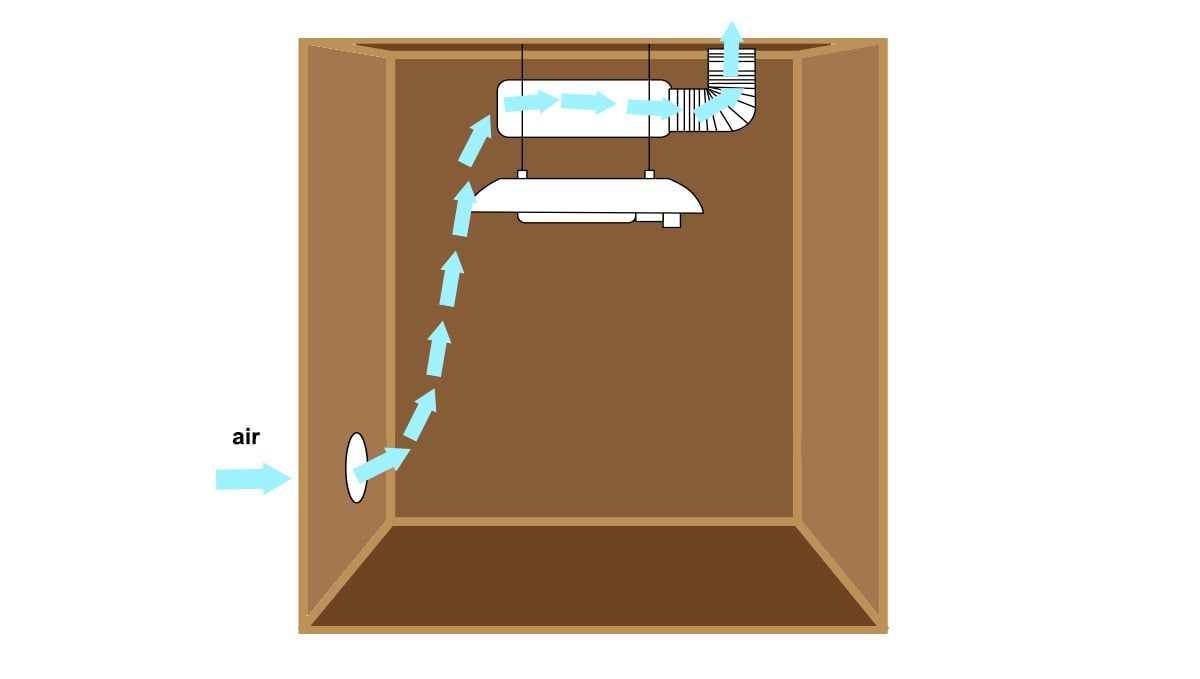
Tip: Even though it is not obligatory, you can glue pieces of rubber sheet where the plywood sheets meet and in between the door to make you maintain the temperature and humidity levels.
Because wood can get wet and rot, it’s a good idea to cover the inside with 2 layers of material.
4. Objective
The result of your DIY grow tent or grow box should be something similar to this:
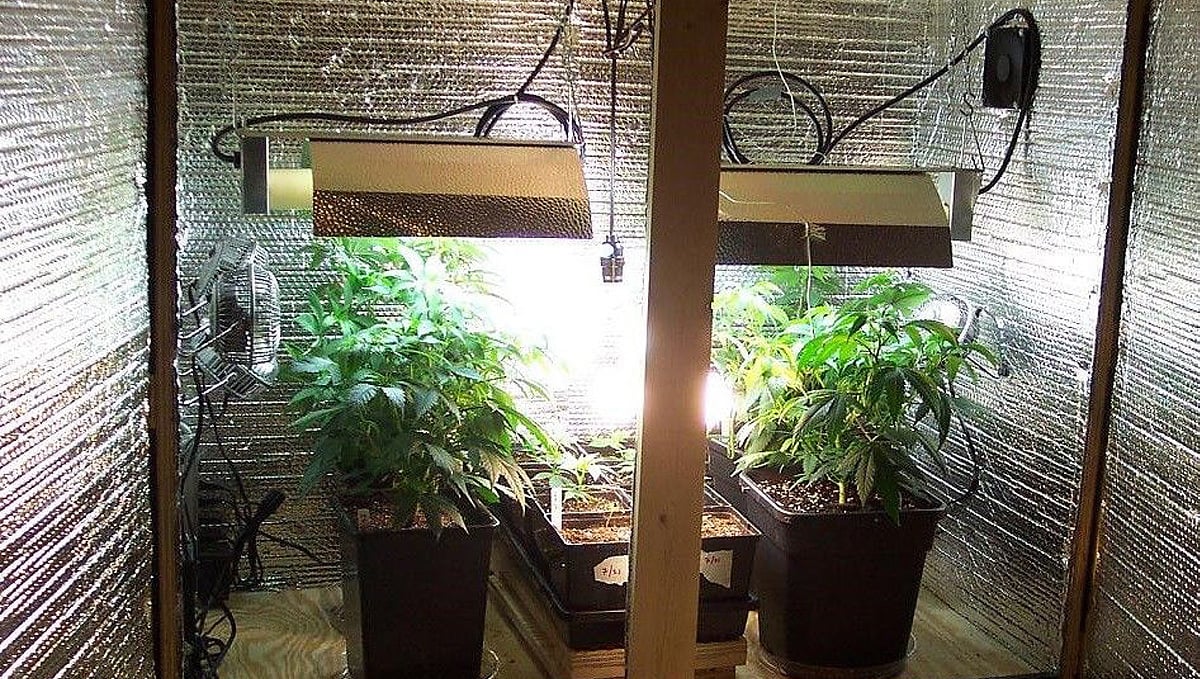
With some minor differences, obviously.
After you have everything set up there are a couple more things you need to have your growing space up and running, these things are:
- Ventilation system
- Carbon filter
- Light fixture
Unfortunately, you cannot make them at home (unless you have experience with electronics), so you’ll have to buy them.
It doesn’t matter if you’re buying or building the equipment mentioned above, in both cases, you’ll have to make sure that you don’t overload the circuit due to all the equipment you’ll be using, so you have to be very careful to prevent fires or any other serious problems.
5. Safety precautions: electricity and fire prevention
Now that you have the basic structure ready, it’s time to connect the rest of the equipment but if you don’t have much electrical knowledge or don’t take basic safety precautions, it can be quite dangerous, so to help you avoid emergencies, here are a couple of things you should have in mind.
First of all, you need to know that all power outlets are on a circuit, meaning that it doesn’t matter if you’re connecting the light fixture to one outlet and the exhaust fan to another, if the outlets are in the same room it’s most likely that they belong to the same circuit and circuit can only take a specific amount before they overload.
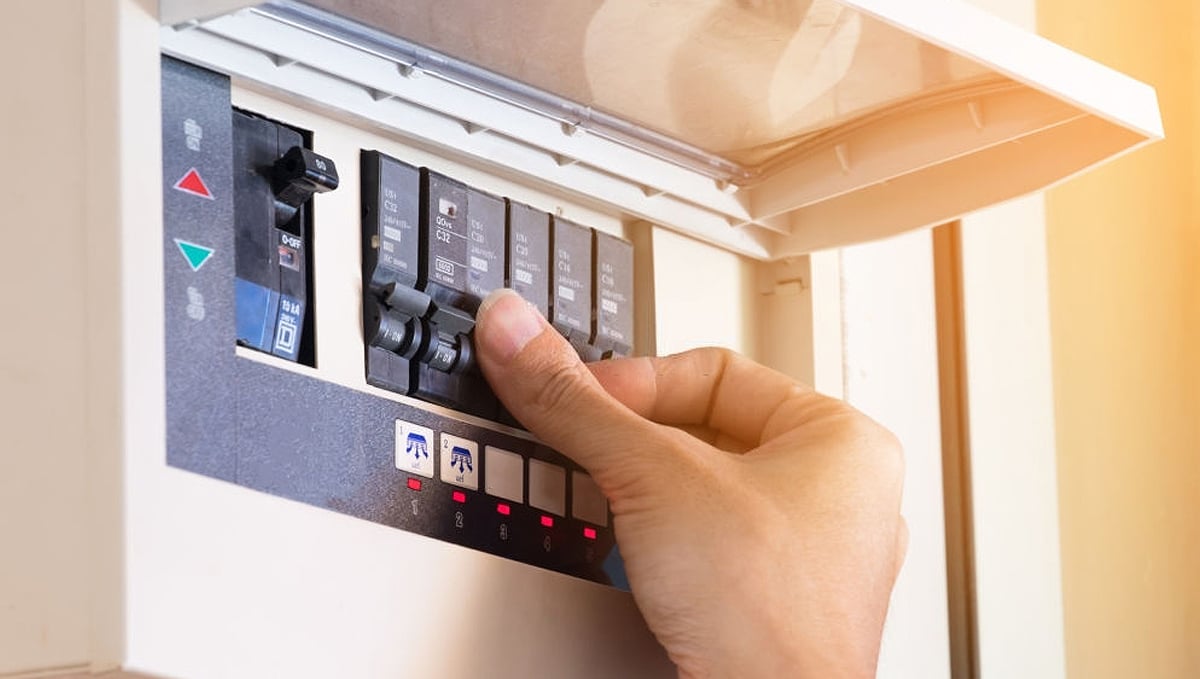
So first of all, you’ll need to identify the circuit you’ll be using, now, you can definitely connect your equipment to two separate circuits if needed but you’ll need some extension cords so to avoid all the trouble, you can just calculate how much your circuit can take and be safe.
Identifying the circuit
Despite seeming like a hard task, identifying the circuit is really easy because the circuit breaker panel should have labels on it, helping you identify to which circuit belongs (either master bedroom, room #2, or whatever you wanna call it) and the amperage of said circuit.
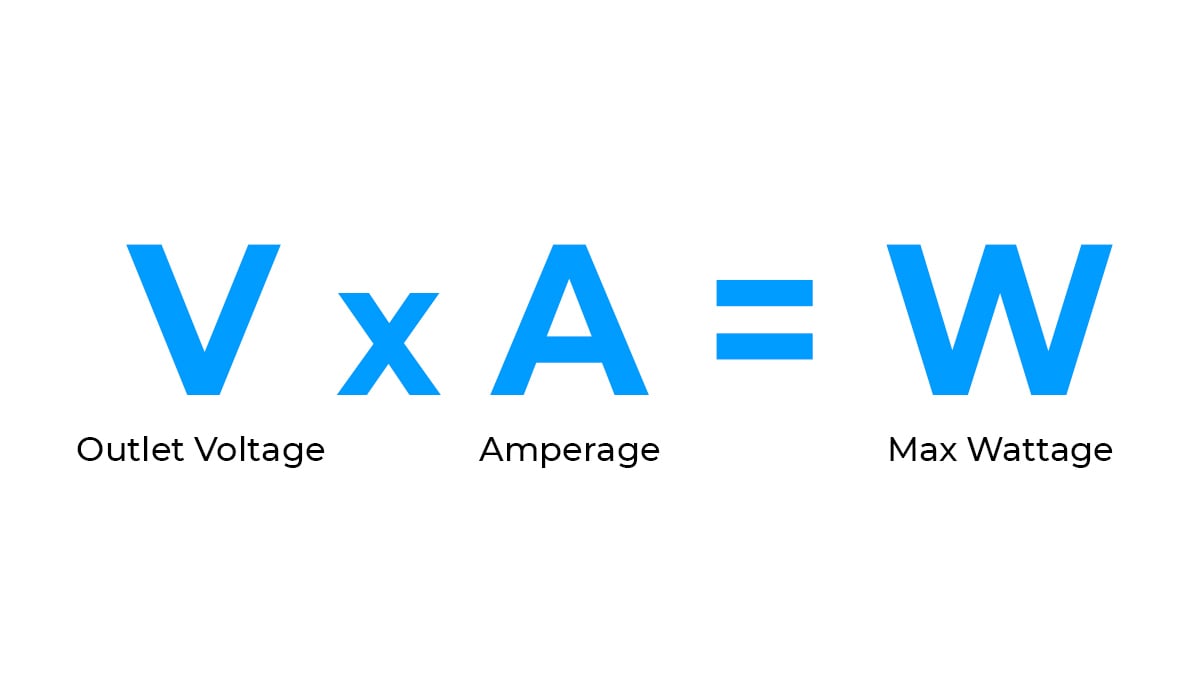
Now that you’ve identified the circuit you want to connect your equipment to, take a look at the amperage, it should be listed as 5A, 15A, or 20A, and should inform the voltage which will vary from place to place but in general, is either 110V or 220V.
Calculating power capacity
So let’s say that the label says 15A and 220V; Now you have the information you need so it’s just a matter of applying it to the following formula:
Voltage x Amperage = Max Wattage
220V x 15A = 3300W
After doing some simple math, you’ve reached a value of 3000W and now you know that, for example, if your light fixture consumes 400W and your exhaust fan 150W, it comes down to a total of 550W and the max wattage for that circuit is 3000W so everything should run smoothly.
Just remember that this is the max wattage the whole circuit can handle and not the max wattage one individual outlet can take!
6. Ventilation
When growing cannabis, ventilation is super important; Having a proper grow room ventilation system will not only help you control humidity but also keep the temperatures down among other benefits, so for those of you who are thinking it’s not worth it to spend a couple of bucks, here are some other benefits that will make you change your mind:
Improves photosynthesis
Cannabis plants need CO2 to perform photosynthesis, which is vital for plant growth. During this process, plants take in water and CO2 and convert them to sugars by applying the energy they absorb from light so with good ventilation you are actually “injecting” CO2 into your grow room, providing what they need for this vital process.
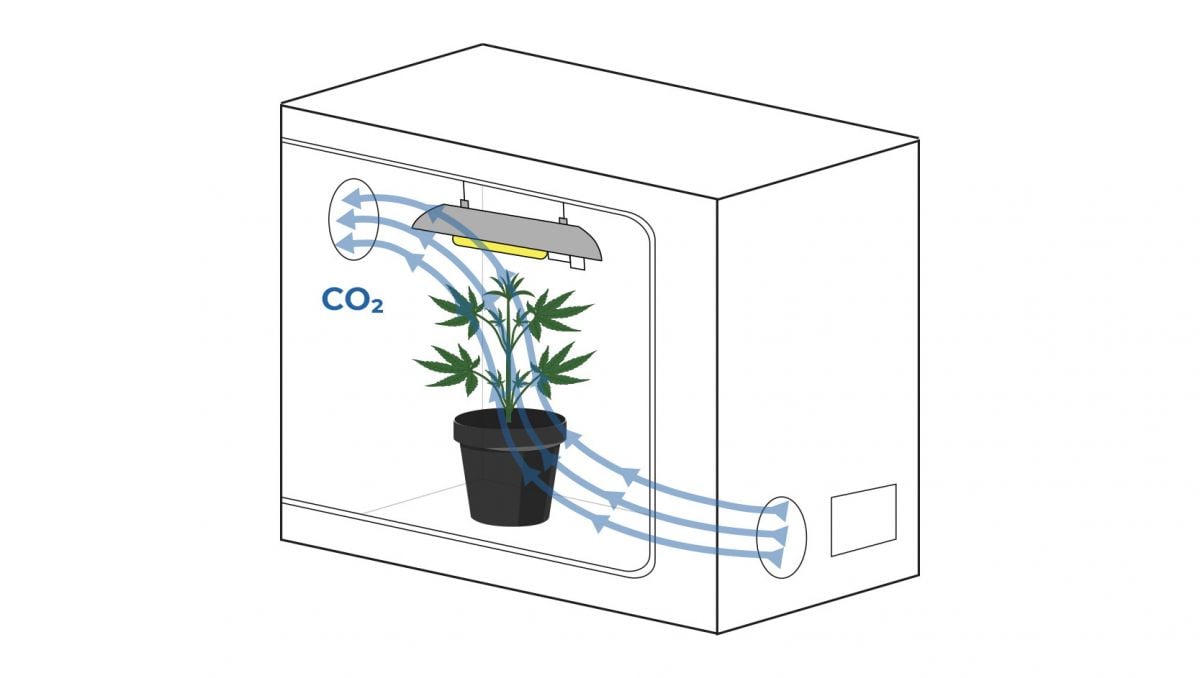
Helps keep temperatures down
Apart from having a grow room air conditioner, ventilation is the only way to keep the temperature down. Most growers that grow under LEDs shouldn’t have a problem with this but if you’re growing under an HPS for example, you’ll definitely need ventilation.
Helps control humidity
Proper ventilation also helps you maintain humidity levels on point because it is super important, especially during the flowering stage so by having a good ventilation system you can get rid of the excess moisture caused by the water the substrate retains and the moisture your plants release through transpiration.
Prevents mold and bugs
Another great benefit is that it prevents mold and bugs because most pests thrive in hot and humid environments so by keeping the humidity and temperature on point, it’s most likely that bugs won’t be attacking your plants.
Oscillating Fan
A grow room fan is placed inside the grow room to create air movement above the canopy level, this not only allows the plants to cool down but also sways the plants around, promoting stronger branching that will be able to support the heavy buds that will develop throughout the flowering stage.
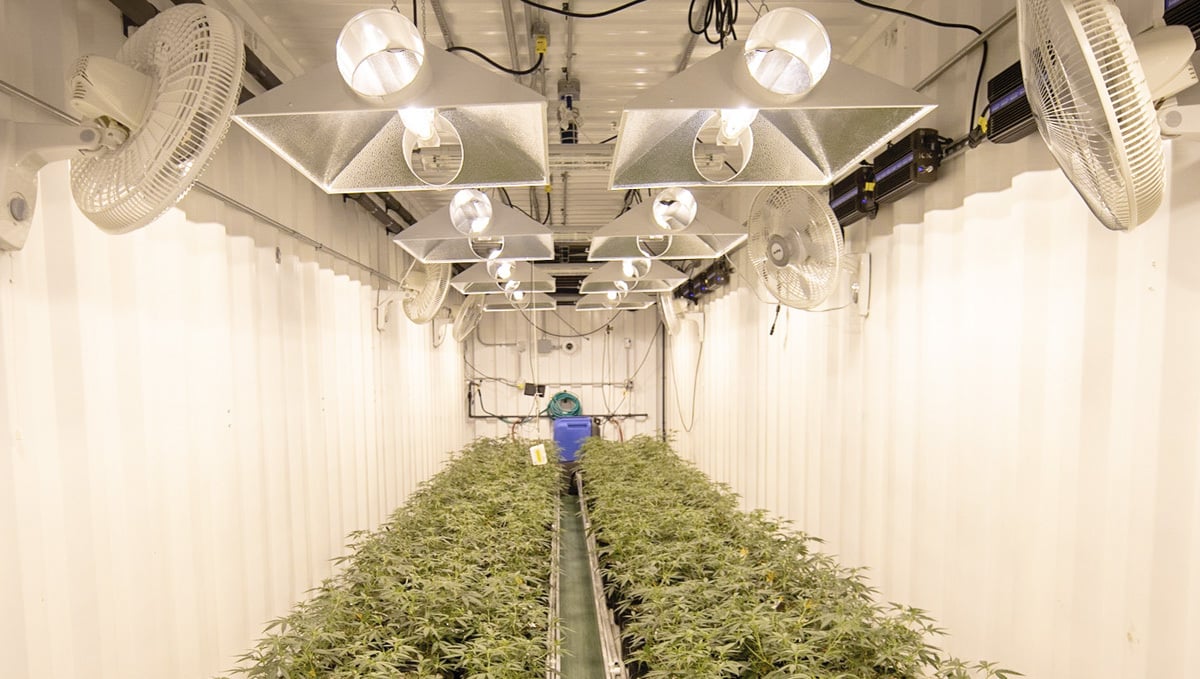
Now, have in mind that it is possible for your oscillating fans to be too strong so always make sure that your fan is adjusted so it doesn't stress or end up harming your cannabis plants.
Exhaust fan
A grow room extractor fan usually goes on the top part of the grow space and is connected by a tube to the carbon filter.
The exhaust fans ensure a good air exchange, this is crucial to the growth of your plants because the air exchange will provide the CO2 your plants need while letting out oxygen.
A good ventilation system along a decent-sized fan will also help your plant’s stem develop tougher, helping them support the heavy buds in the flowering stage.
Carbon filter
The carbon filter goes directly connected to the exhaust fan (sometimes it’s connected by duct tubing) and it’s what will eliminate the strong cannabis smell before letting the air out, a carbon filter is crucial if you are growing indoors in a place where cannabis cultivation is illegal, this will avoid problems with your neighbors and the police.
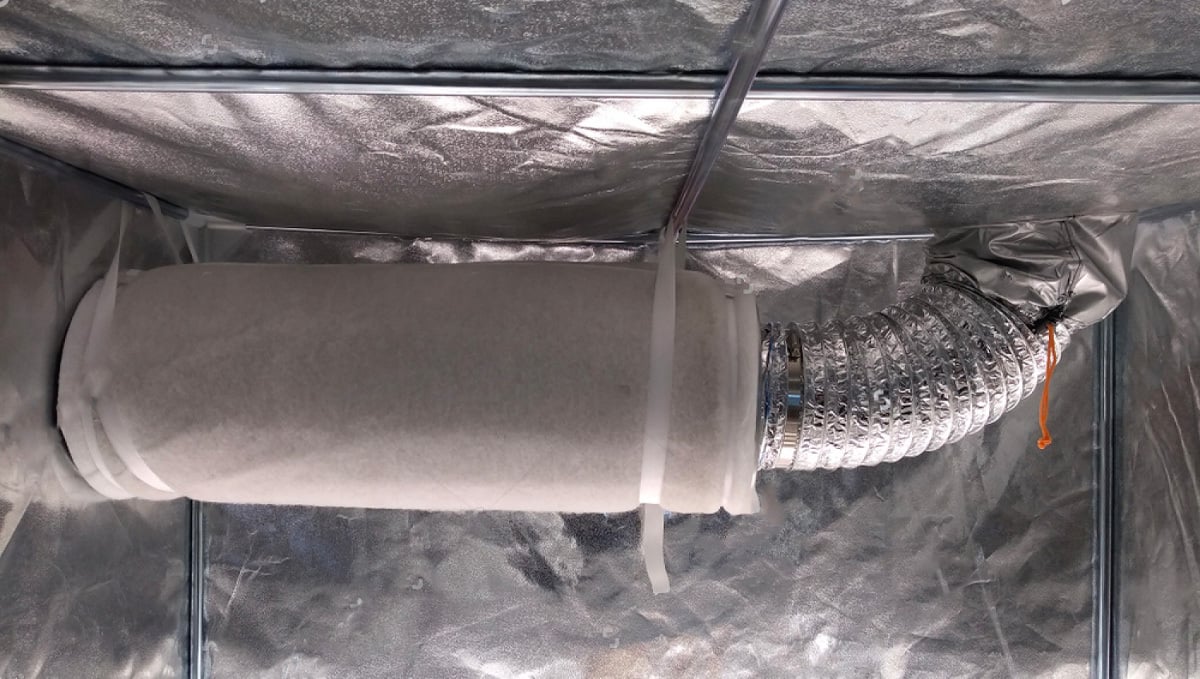
Have in mind that when making your own grow room or box you will have to make the holes where the duct tubing goes in and out.
7. Light fixture
As you may know, light is vital for growing any kind of plants, including cannabis. Depending on the kind of light fixture you’re planning to use, you’ll need to make some adjustments so you can adjust the height of your light.
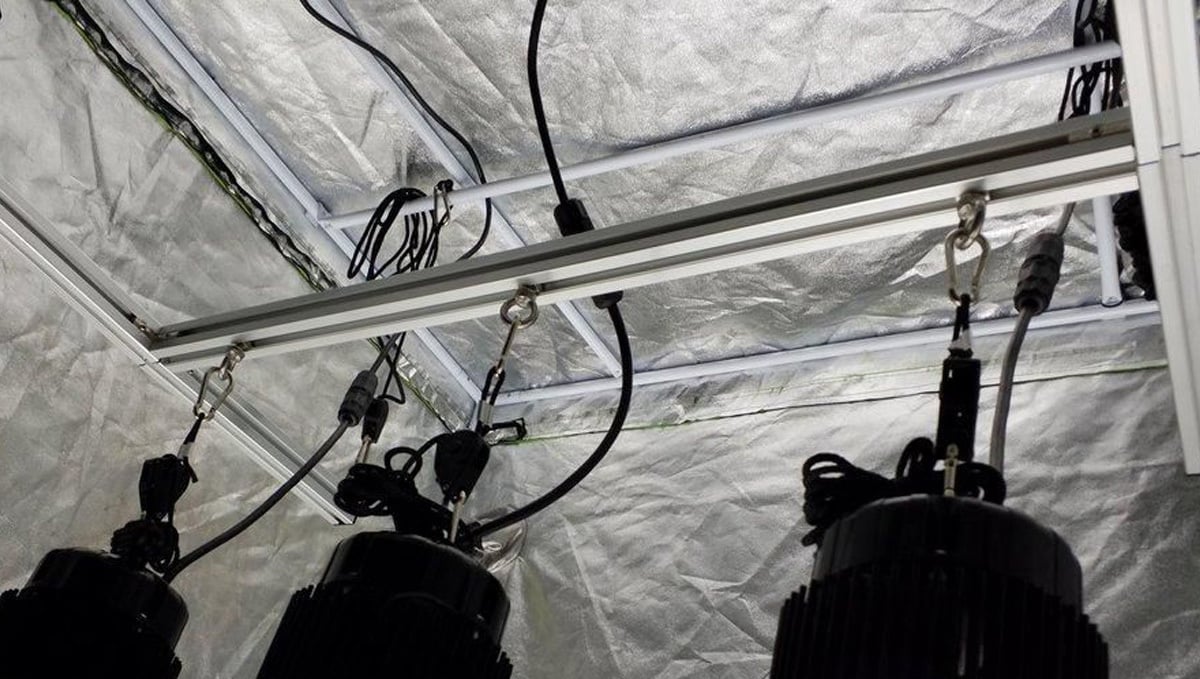
Some lights are heavier than others or maybe you’ll need to use more than one light fixture. So remember to test the structure you’ve made with the exhaust fan, carbon filter, and light fixtures (and maybe add more support) so you don’t risk killing your plants if the equipment falls on them.
Lighting Options
The lighting option that you decide to use is, to a certain extent anyway, dependent on the type of grow room you are building. If you are looking to throw a small area together for seedlings and clones, then you will not need a light that is powerful enough to use for your ladies when they are in flower - and vice versa. With a huge range of grow light options available, it can be a little daunting for novice growers to make a decision on which option is best. Your lighting rig is usually one of the biggest financial outlays when constructing your own grow room, so let's run through what's out there and which situation each light is most suitable for.
LED Panels
In the past 5 years or so we have seen the meteoric rise of LED grow lights. There are a couple of key reasons why they are seen as the gold standard for indoor cannabis cultivation these days. Light Emitting Diodes, or LEDs, are a popular choice for growers as they run much cooler than HID lights and so don't require extra ventilation to remove the heat. There are a few positives from this. First up, a cooler grow room is easier to control than one with super hot lights. Unless you are growing in a cold climate during the winter months, heat exchange will be one of the most important considerations when designing a grow room. This lower light temp also means the light can be hung much closer to the canopy.
They also tend to be more durable and have a much longer lifespan. They weigh less than HID rigs, and have the added advantage of being able to be hung in any orientation. If you have the money, you can buy multiple LED grow panels and line the walls of the grow room with them, boosting the light penetration. And we haven't even mentioned the power consumption or lack thereof. LED panels use way less power than traditional lighting options (HIDs).
Not only is this great for the wallet, but also the planet. With the rise of indoor growing for hobbyists and large corporations alike, it's great to try and reduce the carbon footprint as much as possible While LEDs are more expensive to purchase than HIDs, this price is slowly coming down and we expect that trend to continue. And once you take into account the lower electricity usage, the lack of need for extra ventilation, and the longer lifespan, they are actually very economical in the long run. In all honestly, if you can afford an LED setup, then that's exactly what you should get. For all grow tents. No matter what the growing area is being used for. Sure, fluors will work fine for clones and seedlings, but do you know what works even better? LED panels.
Beware of cheap imitations though. While the price of LEDs has come down in recent years, there are still a lot of dodgy manufacturers out there selling sub-par products. Make sure you do your research and buy from a reputable source. The best panels on the market come from California Lightworks, Samsung, Mars Hydro, and HLG Quantum Board. That's not to say you have to spend a small fortune on your panel, check out what the guys over at Spider Farmer are doing - great budget panels.
HID Lights - HPS and MH Bulbs
High-Intensity Discharge lights have been around for a long time and were the gold standard for indoor cannabis cultivation before LEDs took the crown. These days they have largely been replaced by LEDs for a number of reasons, but they are still a popular choice for some growers - mainly those with large operations.
There are two types of HID light - Metal Halide (MH) and High-Pressure Sodium (HPS). MH lights emit a blue spectrum light which is great for vegetative growth. HPS lights emit a red spectrum light which is ideal for the flowering stage. For this reason, most growers will have both types of light and will switch from MH to HPS when the plants start flowering. There are also broad-spectrum bulbs available that can be used for the entire lifecycle, but they tend to produce slightly worse results when compared to the 2-bulb system
HIDs are very powerful and so can cover large grow areas. They are also quite cheap to buy compared to LEDs. However, they do have some significant drawbacks. Firstly, they produce a lot of heat and so require extra ventilation to remove the heat from the grow room. They are also quite fragile and can be easily broken if dropped or knocked over. And finally, they have a relatively short lifespan when compared to LEDs - usually around 10,000 hours. This means you will need to replace them more often, which can be quite costly.
So, should you buy an HID grow light? Possibly? Might be best to go for LED, but there are still situations where HID rigs will work perfectly. They do a great job for plants in full veg or flower, but are a little too strong and run way too hot for a small grow area.
Fluorescent (CFL) Lights
Fluorescent lights are a popular choice for small grow operations or for those on a budget. They are cheap to buy and run and don't produce as much heat as HIDs. They also have a relatively long lifespan when compared to HIDs - around 15,000 hours. However, they do have some significant drawbacks. Firstly, they are not as powerful as HIDs or LEDs and so can't cover large grow areas. They also don't penetrate the canopy as well as other lights, which means you will need more of them to cover the same area.
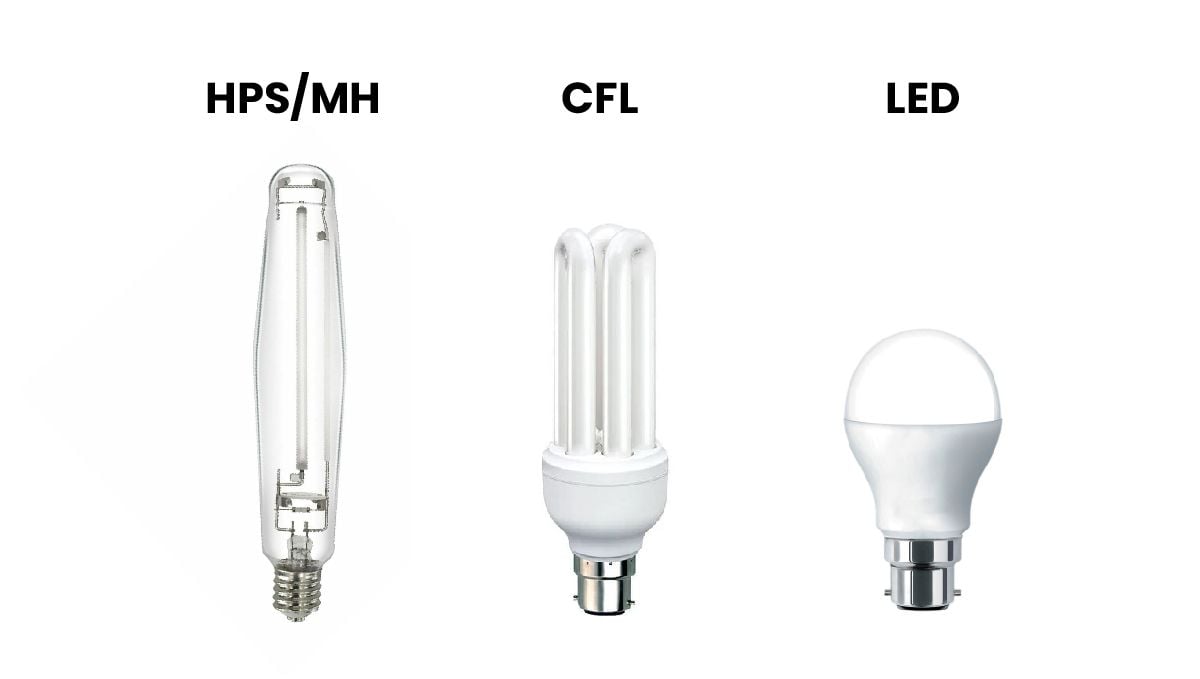
There are some situations where CFL lighting is perfectly acceptable though. A good quality, grow-specific fluro setup will work well for seedlings and clones, or for small veg grows. They are also a great option for those on a tight budget. They can also be used for supplemental lighting in grow tents, or for outdoor grows where you need to give the plants a few hours more light to keep them from switching from vegging to flowering. So there you have it - a quick overview of the different lighting options available for indoor cannabis cultivation. As you can see, each has its own advantages and disadvantages. It's important to do your research and choose the option that best suits your needs.
8. In conclusion
If you want to start growing your own cannabis you don’t need to spend a lot, despite the cost of a ventilation system and lights, you can easily build your own indoor growing space by yourself.
When building your own cannabis indoor grow room, make sure you’re taking the appropriate measure so it’s solid, steady, and can support the growing equipment and you’ll have a fully functional grow room while spending way less than buying one at a grow shop.








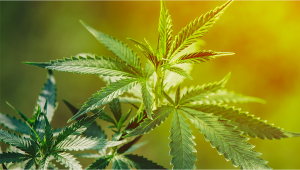
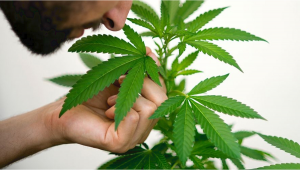
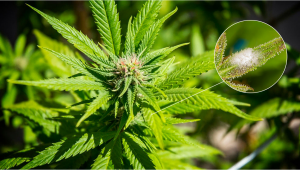

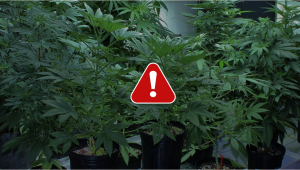
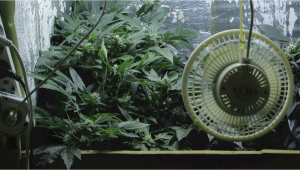


Comments